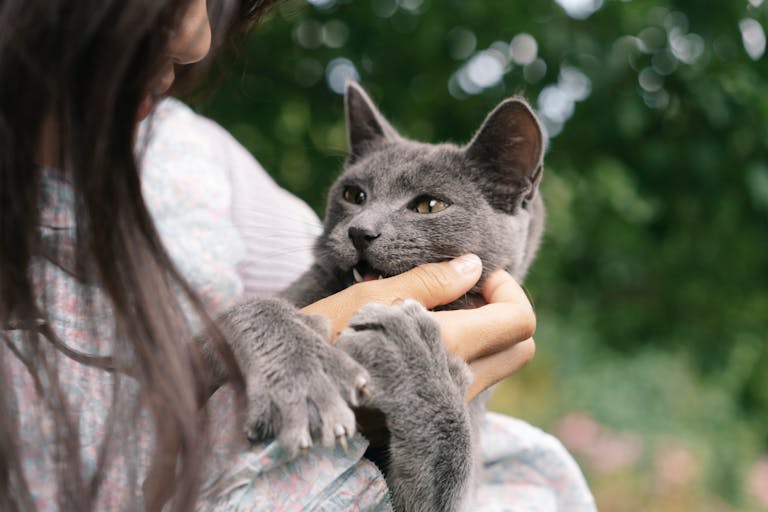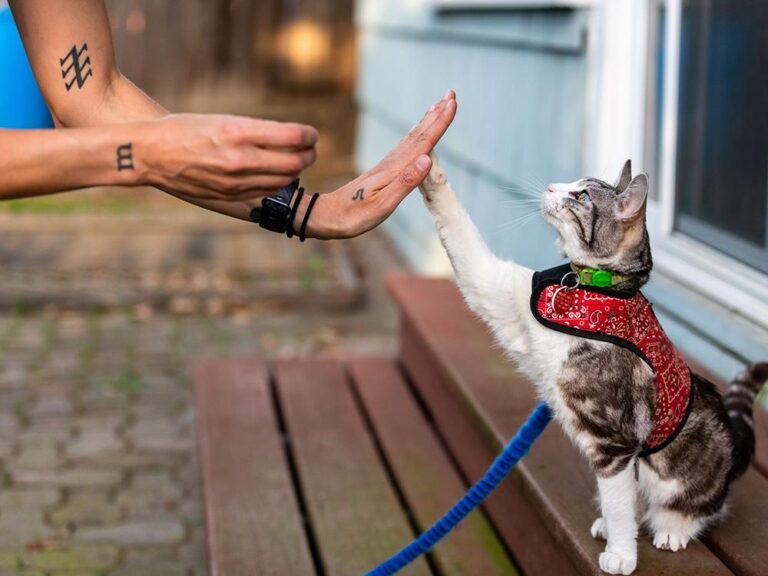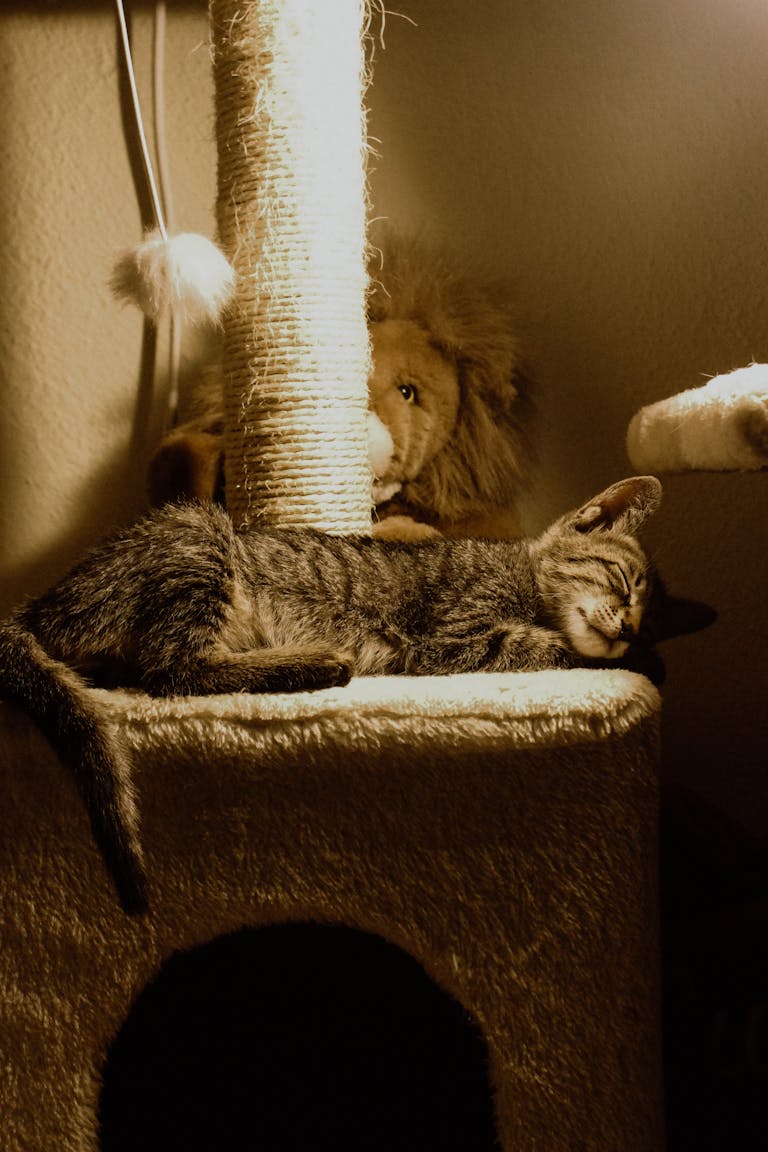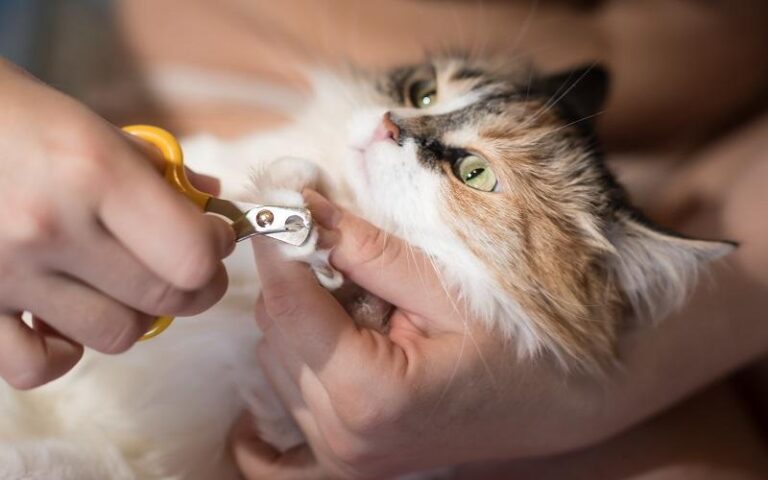Tips for Introducing Cats to Dogs

Tips for Introducing Cats to Dogs
Bringing a new furry friend into your home is always exciting, but when that new family member is a dog and you already have a cat, things can feel a little… tense. If you’ve ever wondered how to help your feisty feline and bouncy pooch become pals instead of frenemies, you’re definitely not alone. Introducing cats to dogs can take patience, a bit of strategy, and a lot of love, but the payoff is totally worth it.
Whether you’re welcoming a puppy into a seasoned cat’s life or adding a mellow dog to your cat-filled household, these tips will help you navigate the introduction with confidence (and fewer scratches!). Let’s dive in!
What Makes This So Important?
We all want a peaceful, happy home where our pets feel safe and loved. But cats and dogs naturally speak very different body languages, and what’s friendly to one might be frightening to another. Without a proper introduction, your cat might hide under the bed for days, or your dog might become overly excited or even aggressive. By taking the time to introduce them thoughtfully, you’re setting both pets up for a lifetime of companionship instead of competition.
“A successful cat and dog introduction isn’t about rushing — it’s about respecting their pace and personalities.”
Step-by-Step Tips for a Pawsitive Introduction
1. Let Them Get Used to Each Other’s Scents First
Before any face-to-face meeting, introduce your pets through their scents. Swap their bedding or gently rub a cloth on one pet and place it near the other. This helps build familiarity without the pressure of a direct encounter.
2. Use a Barrier for Initial Meetings
The first “meetings” should happen with a secure barrier between them — like a baby gate or a cracked door. This way, they can observe, sniff, and get curious without feeling threatened or trapped.
3. Keep Things Calm and Controlled
Make sure your dog is on a leash during the first few encounters, and let your cat roam freely so they can retreat if needed. It’s crucial to give your cat control over the situation — being able to escape makes a big difference in how confidently they approach.
4. Offer Treats and Praise for Good Behavior
Positive reinforcement goes a long way! Reward both animals when they behave calmly or show curiosity rather than fear or aggression. Even just looking at each other without growling or hiding is progress worthy of a treat.
5. Take It Slow — Days or Even Weeks
Don’t rush the process. Some cats take longer to warm up to dogs, especially if the dog is energetic or has a high prey drive. Give them permission to take breaks and try again another day.
6. Supervise All Interactions Until Fully Comfortable
Even once they seem relaxed around each other, keep a close eye during playtime or shared spaces. It’s better to notice a warning sign early than to have a surprise chase or hiss turn into a bigger problem.
Mistakes to Dodge When Introducing Cats to Dogs
- Rushing the Introduction: Forcing them together too soon can lead to fear, aggression, and setbacks.
- Ignoring Your Cat’s Hiding Spots: If your cat feels trapped and can’t escape, stress levels rise quickly.
- Not Managing Your Dog’s Energy: An overexcited dog may overwhelm or scare your cat.
- Forgetting to Stay Calm Yourself: Cats and dogs pick up on your energy, so stay relaxed and patient.
- Failing to Separate During Mealtimes: Feeding in separate areas avoids food guarding or stress.
Tools and Products That Can Help Make Introductions Easier
Sometimes, a little help from carefully chosen products can smooth out the process and reduce tension in your home. Here are a few of my favorites:
- Baby Gates or Pet Barriers: Perfect for managing visual, but safe, contact. They let your pets get used to each other without the risk of a sudden confrontation.
- Feliway Diffusers: These plug-in diffusers release comforting cat pheromones that can help reduce feline anxiety during the stressful introduction period.
- Leash and Harness for Dogs: Keeping your dog controlled during early meetings is super important to prevent lunging or chasing.
- And if you want a quick recommendation, check out the CozyPet Gateway Gate. It’s sturdy, adjustable, and easy to install — a real lifesaver during introductions.
Bonus: FAQs About Introducing Cats to Dogs
Q: What if my cat hisses or swats at the dog?
It’s totally normal for cats to express discomfort with hissing or swatting during introductions. It’s their way of saying, “Hey, back off for now.” Give your cat space, don’t punish them, and slow down the process until they feel more secure.
Q: How long does it usually take for cats and dogs to get along?
Every pet is different, but generally, it can take anywhere from a few days to several weeks for them to settle into a peaceful coexistence. Patience is key, and sometimes watching them coexist peacefully (even if not cuddling) is a win.
Q: Can an older cat learn to trust a new dog?
Absolutely! While kittens and puppies might adapt faster, senior cats can learn to live happily with a dog, especially if the dog is calm and respectful of the cat’s boundaries. Just keep the introductions slow and gentle.
Wrapping It Up: Patience, Love, and Respect
Introducing a cat to a dog isn’t always as quick or easy as we hope, but with a little planning, a lot of patience, and plenty of love, they can go from wary to wondrous companions. Remember, it’s not just about getting them in the same room — it’s about helping each other feel safe and comfortable.
So take your time, celebrate the small victories, and don’t forget to treat everyone to some extra belly rubs and chin scratches along the way. Here’s to a happy, harmonious home for your cats, dogs, and most importantly — you!







